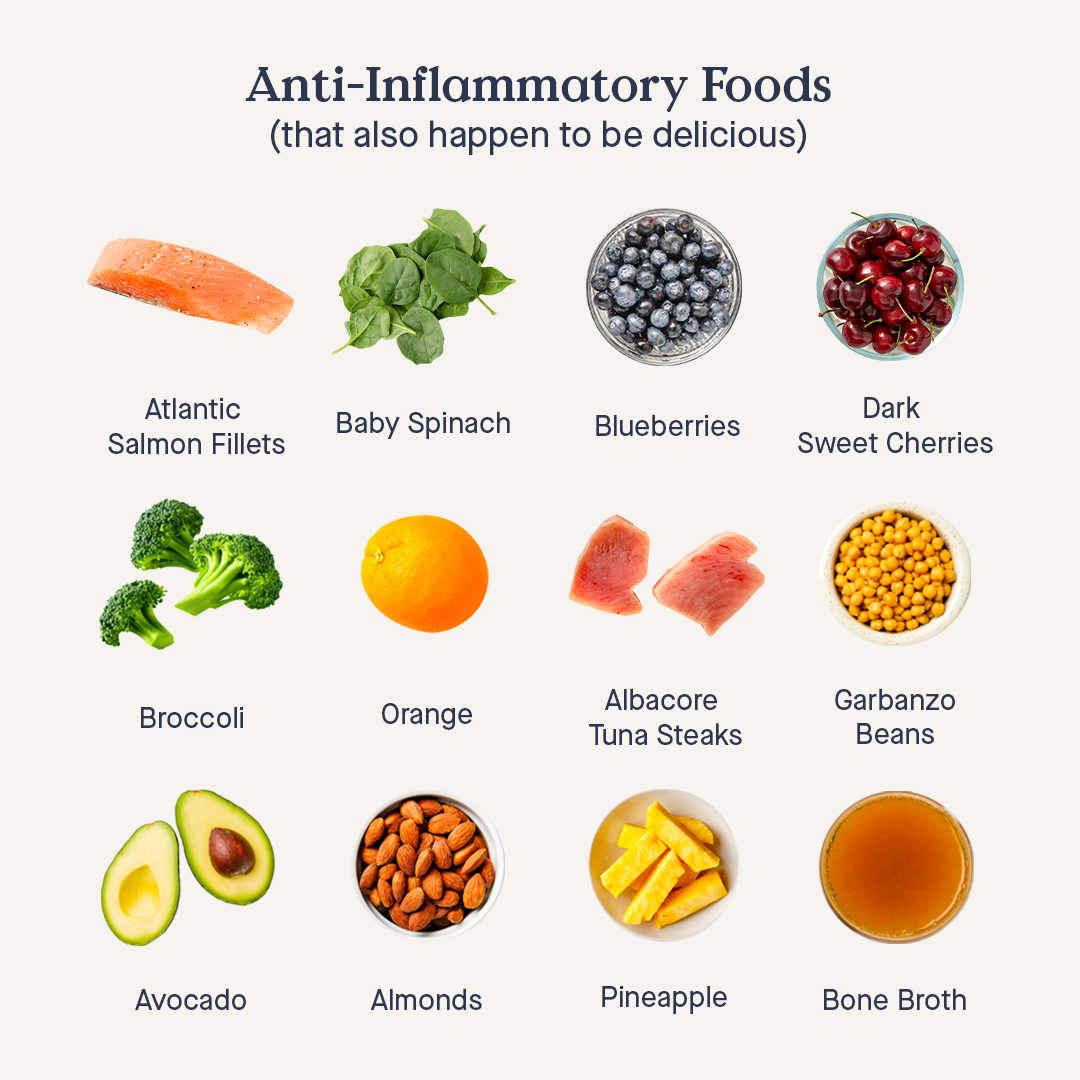 So, how can the DASH diet be adapted for kidney disease? Here are some tips for tailoring the DASH diet for kidney disease: The key is to focus on foods that are gentle on the kidneys and limit those that can exacerbate kidney damage.
So, how can the DASH diet be adapted for kidney disease? Here are some tips for tailoring the DASH diet for kidney disease: The key is to focus on foods that are gentle on the kidneys and limit those that can exacerbate kidney damage.
The diet is based on a balanced and varied eating plan that includes a wide range of whole foods, such as fruits, vegetables, whole grains, lean proteins, and low-fat dairy products. The goal of the diet was to create a eating plan that would help lower blood pressure and reduce the risk of heart disease. The DASH diet was developed in the 1990s by a team of researchers at the National Heart, Lung, and Blood Institute (NHLBI).
By following the keto diet guidelines and incorporating keto chicken breast recipes into your diet, you can increase your fat burning potential and achieve your weight loss goals. Remember to use high-quality ingredients, don’t overcook the chicken, add healthy fats, and experiment with spices and herbs to make your keto chicken breast recipes more satisfying and flavorful. With the right mindset and cooking routine, you can achieve your weight loss goals and enjoy the many benefits of the keto diet. Avoid common mistakes like not tracking macros, not drinking enough water, not getting enough sleep, and not being consistent to ensure that you see results. Keto chicken breast recipes can be a delicious and effective way to lose weight and improve overall health.
The DASH diet is a healthy and effective way to lose weight and improve overall health. By incorporating the principles of the DASH diet into your eating plan, you can reduce your risk of chronic diseases, such as heart disease and type 2 diabetes, and achieve a healthy weight. Remember to stay hydrated, eat regular meals, and incorporate physical activity into your daily routine to achieve optimal weight loss results.
American Liver Foundation. Liver Disease and Nutrition. Academy of Nutrition and Dietetics. Nutrition and Liver Disease. National Institute of Diabetes and Digestive and Kidney Diseases. World Health Organization. Sodium Intake and Liver Disease. Liver Disease and Sodium. Note: The references provided are for general information purposes only and may not be up-to-date or specific to the article’s content. Low-Sodium Diet for Liver Disease. It’s essential to consult with a healthcare professional or registered dietitian for personalized advice on managing liver disease through diet. European Association for the Study of the Liver.
In a blender or food processor, puree strawberries and sweetener until smooth. Fold the whipped cream into the strawberry mixture until well combined. Once the sorbet is frozen, scoop into bowls and serve. Recipe 4: Keto Peanut Butter Cups In a separate bowl, whip heavy cream until stiff peaks form. Pour the mixture into an ice cream maker and churn according to the manufacturer’s instructions.
Remember to consult with a healthcare professional before making any significant changes to your diet, and don’t be afraid to seek support along the way. With the right tools and resources, you can take the first step towards a healthier, happier you. By focusing on whole, unprocessed foods and limiting those that can exacerbate kidney damage, individuals with kidney disease can take control of their health and improve their overall well-being. The DASH diet for kidney disease is a comprehensive eating plan that can help manage kidney health and slow disease progression.
This dietary approach is inspired by the traditional eating habits of the countries bordering the Mediterranean Sea, such as Greece, Italy, and Spain. The Mediterranean diet has been widely recognized as one of the healthiest dietary patterns in the world, with a wealth of scientific evidence supporting its numerous health benefits. The Mediterranean diet is characterized by a high intake of fruits, vegetables, whole grains, and healthy fats, and a low intake of red meat, processed foods, and added sugars.
Increasing fluid retention: Sodium can cause the body to retain fluid, leading to swelling in the legs, ankles, and feet. This can be particularly problematic for people with liver disease, as it can lead to ascites (fluid accumulation in the abdominal cavity).
Worsening portal hypertension: Portal hypertension is a common complication of liver disease, characterized by high blood pressure in the portal vein. Excessive sodium consumption can worsen portal hypertension, leading to varices (enlarged veins) and bleeding.
Increasing oxidative stress: Sodium can increase oxidative stress, which can damage liver cells and worsen liver disease.
Cook from scratch: Cooking from scratch allows you to control the amount of sodium in your meals. Use fresh ingredients, herbs, and spices to add flavor instead of salt. Look for products with less than 100mg of sodium per serving. Read labels: Always read food labels to check the sodium content. Limit restaurant meals: Restaurant meals are often high in sodium, so it’s essential to limit your intake of restaurant meals or choose low-sodium options. Choose low-sodium options: When shopping for packaged foods, choose low-sodium options, such as low-sodium soups, sauces, and condiments. Low Sodium Foods for Liver Disease Include potassium-rich foods, such as bananas, leafy greens, and sweet potatoes, in your diet. Use salt-free seasoning: Instead of using salt to season your food, try using salt-free seasoning blends or herbs and spices. Get enough potassium: Potassium can help balance sodium levels in the body. Limit processed foods: Processed foods are often high in sodium, so it’s essential to limit your intake of packaged foods, such as canned soups, frozen meals, and processed meats.Should you loved this short article and you would like to receive details relating to kindly visit our own web-page.

